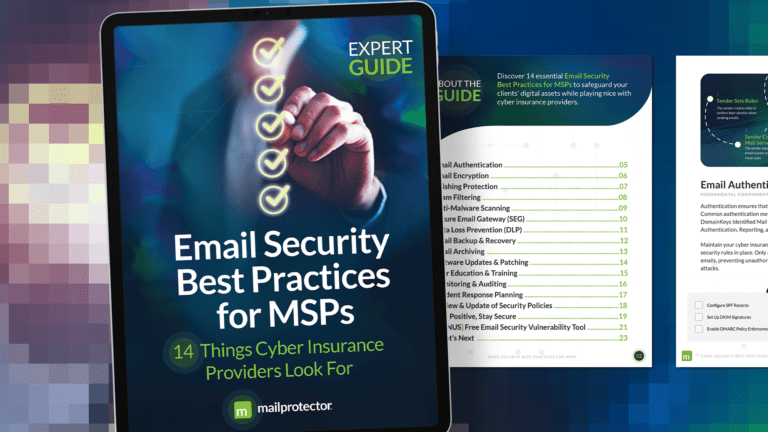Just a few months ago, many businesses across a variety of industries operated solely from brick and mortar locations. Then came the COVID-19 pandemic. Today many organizations continue to adjust to health-driven directives and legal restrictions after implementing what they may have expected to be a short-term work from home (WFH) situation. Without any prior experience or preparation, millions of businesses were pushed beyond their comfort zones, and most are still struggling to decide their next steps.
To say these pandemic-induced changes are challenging is a massive understatement. Many businesses have not yet addressed the inherent security risks associated with working remotely and continue to look for options to adapt and protect their staff members who operate outside the perimeter.
Though some organizations have continued regular operations, for many, a return to ‘normal’ is not on the horizon anytime soon. Pinterest’s recent announcement that the tech firm would pay $89.5 million to terminate its San Francisco office lease may be a sign of things to come. Those in the know expect virtually every business to reevaluate their commercial real estate needs to “right-size” office footprints in the coming months. The COVID-19 WFH experiment seems to be working better than many expected.
The question moving forward is who will support and secure all these new IT environments? How can SMBs implement and manage a robust cybersecurity strategy that protects their company, employee, and customer data? That role, in many cases, will fall to managed services providers.
The new normal is both a challenge and an opportunity for MSPs. Not everyone can support remote workers with healthy cybersecurity practices. However, those with those capabilities are virtually guaranteed a chance to win new clients and grow wallet share with existing customers.
WFH is not a mere short-term trend, but a permanent business transition. As an MSP, you can support your remote clients with forward-minded security products that fortify their defenses and help differentiate your company from the competition.
New Security Risk
Cybercriminals follow trends, too, whether that involves new regulations or ongoing events. Any attention-grabbing issue can be used to gain the upper hand against unsuspecting employees. The pandemic has been no exception, with the World Health Organization (WHO) reporting a fivefold increase in cyberattacks directed at its staff in April alone. COVID-19-themed malicious websites, applications, and phishing attacks are taking over employees’ inboxes.
The biggest concern for businesses is that remote users are more likely to fall victim to these attacks. Employees often feel more secure at home or are too busy multitasking to diligently check links and review incoming message text for clues that identify phishing schemes.
With the sudden move to WFH environments, some businesses were unable to provide employees with properly configured computers, allowing end-users to rely on unsecured personal devices and internet connections.
Many of these devices lack adequate cybersecurity protections, including firewalls and backup, making it that much easier for criminals to steal or ransom company data. Similarly, home networks rarely have the same protocols as an office environment, providing easier access to cybercriminals.
Email has always been a staple of the workplace. With in-person meetings off-limits during the pandemic and online video chats so tiring, many businesses are becoming even more reliant on their inboxes. Imagine what types of information and files employees may be sending today. Without the proper security protections in place, messages containing that content may be intercepted, accessed, or stolen. That loss can be extremely detrimental to a company, both from a financial and reputation perspective.
Solutions
The ability to work remotely is exceptionally beneficial. However, those environments can be a hassle for those in charge of implementing and managing the technology systems. Some of the largest enterprise companies with tremendous IT resources have been reaching out to MSPs who can help handle those issues.
Thankfully, managed service providers typically offer several solutions that can keep those co-managed clients happy and secure. Email security and encryption are perfect examples. With increased message traffic, businesses must filter content and block spam, viruses, and phishing attacks.
Employees sometimes have no alternative and must send sensitive information via email. In those cases, end-to-end encryption is essential. Unfortunately, many of those technologies have a reputation for being difficult to implement, manage, and use; for MSPs, businesses, and end-users. Thanks to Bracket, with an easy and secure end-to-end process for everyone, those headaches are a thing of the past
Our latest solution, Bracket 3, not only allows employees to send sensitive messages securely but makes it simple for those on the receiving end. MSPs can now deploy a standalone version for Office 365 that does not require you to change MX records, so they route through Mailprotector’s inbound and outbound filtering services. Another feature is Bracket Share, which gives every user their own personalized file transfer page with an easy URL (Share link) they can provide to anyone, and these messages show up in their inbox like any other message.
While not specific to remote workers, these solutions are an easy and essential way to increase security layers for your clients. Adding multi-factor authentication (MFA), password management tools, and remote monitoring and management (RMM), and other measures reduce the risks from WFH.
Invest in the Future
The businesses that invest in these innovations gain a competitive edge while ensuring their survival through these unprecedented times. MSPs who provide those security solutions will realize even greater returns.
Build a more extensive clientele and help transition companies your MSP already supports with cybersecurity. Now is the time to reevaluate employee work environments. How secure are those workers? Which systems require an upgrade? Who is providing remote monitoring and helpdesk support?
The answers to those questions can improve your bottom line, as well as your clients’ protection—what a great way to boost your profits, wallet share, and customer satisfaction in such uncertain times.


















